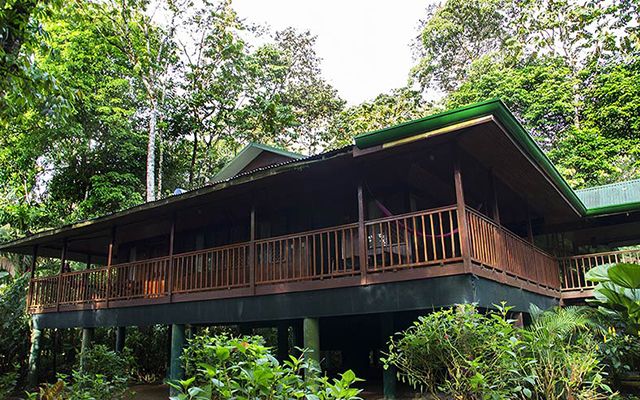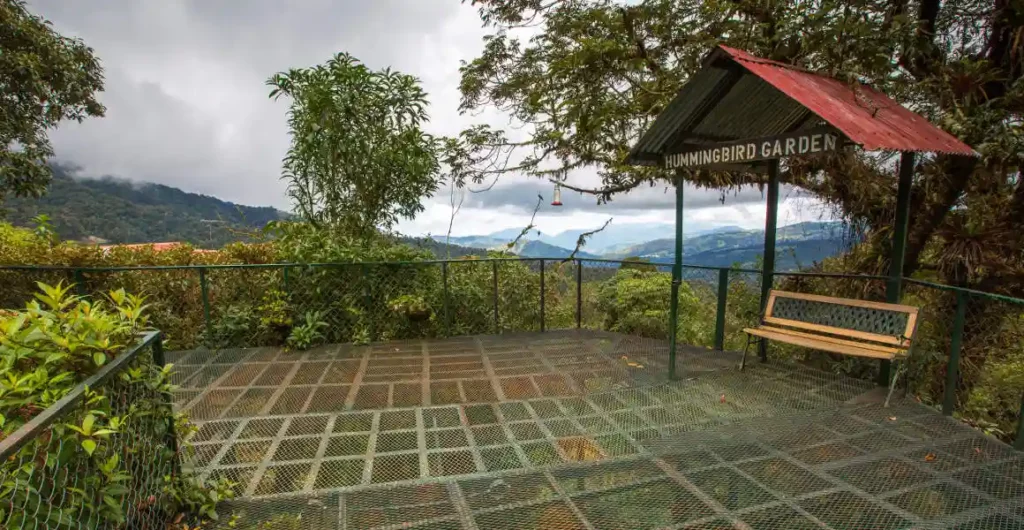"A dream come true … Saw and photo memory of A Resplendent Quetzal"
In pursuit of the Resplendent Quetzal, snow capped hummingbird, sunbittern, and turquoise browed motmot and many other endemics. By luck I had connected with Costa Rica focus and together with our representative Sven Watson he formulated a 12 day independent tour catering to our wishes and my friends walking limitations. I desired to spend time at Hotel Bougainvillea, Rancho Naturalista, Trogan Lodge, Cerro lodge, and Villa San Ignacio. It was a seamless well organized itinerary. We explored each lodge and were captivated by all its beauty not to mention the magnitude of birds we stumbled across. We had no worries. We were communicating via WhatsApp and had a new representative Adriana, who ensured we were completely satisfied with our lodging and tour at all times.
It was incredible to have a wonderful contact available 24/7. A testament to the company’s customer service. Navigating the country was all pre-arranged with drivers scheduled to pick us up and transport us to the next lodge. All drivers were early friendly and most accommodating. We had scheduled guides special mention to Mercedes, Raul and Wilky who were personable and a wealth of knowledge and each found us our target birds. It was a most memorable trip, I was able to share with my friend Marilyn on her very first trip to Costa Rica my third. Costa Rica’s focus exceeded our expectations and we felt completely well taken care of. Costa Rica is a bird watcher’s dream destination. In future I wouldn’t hesitate to schedule a tour with this company they excel in delivering an amazing itinerary










































